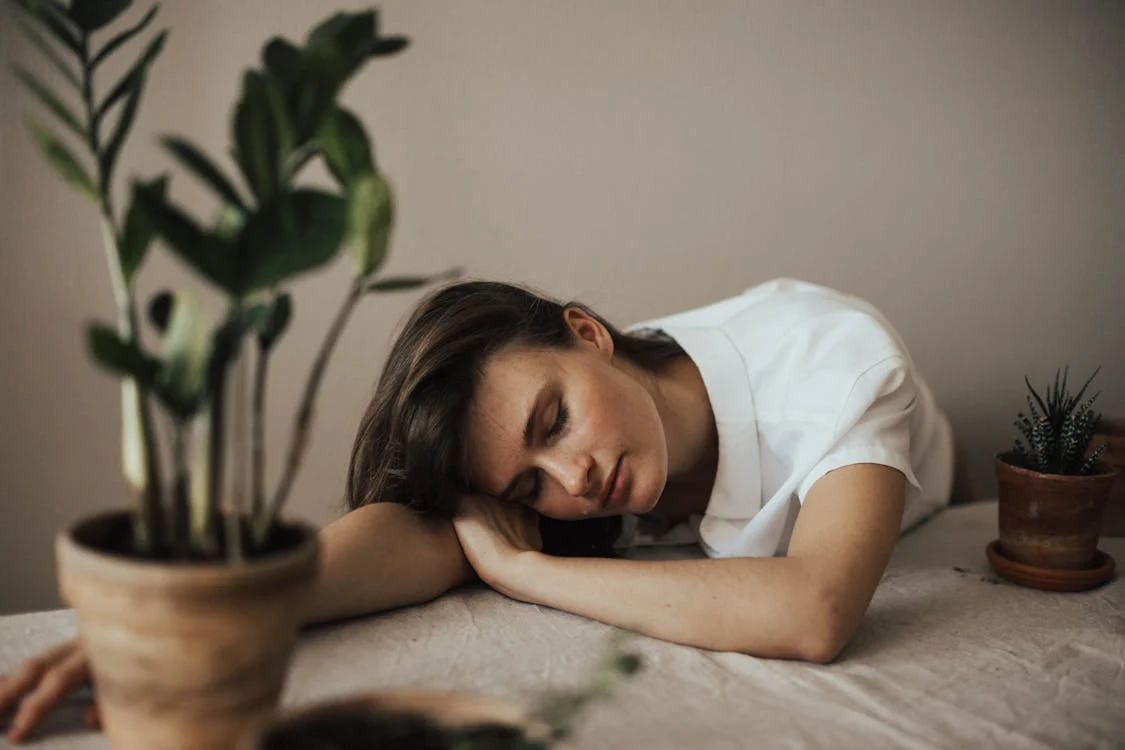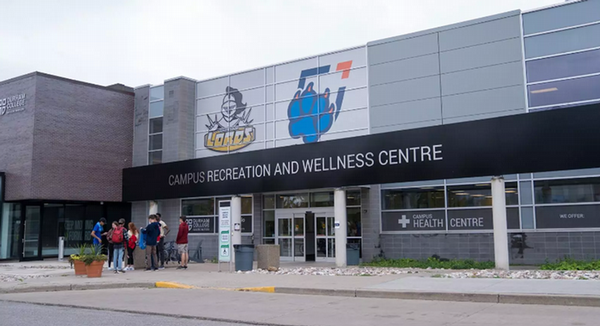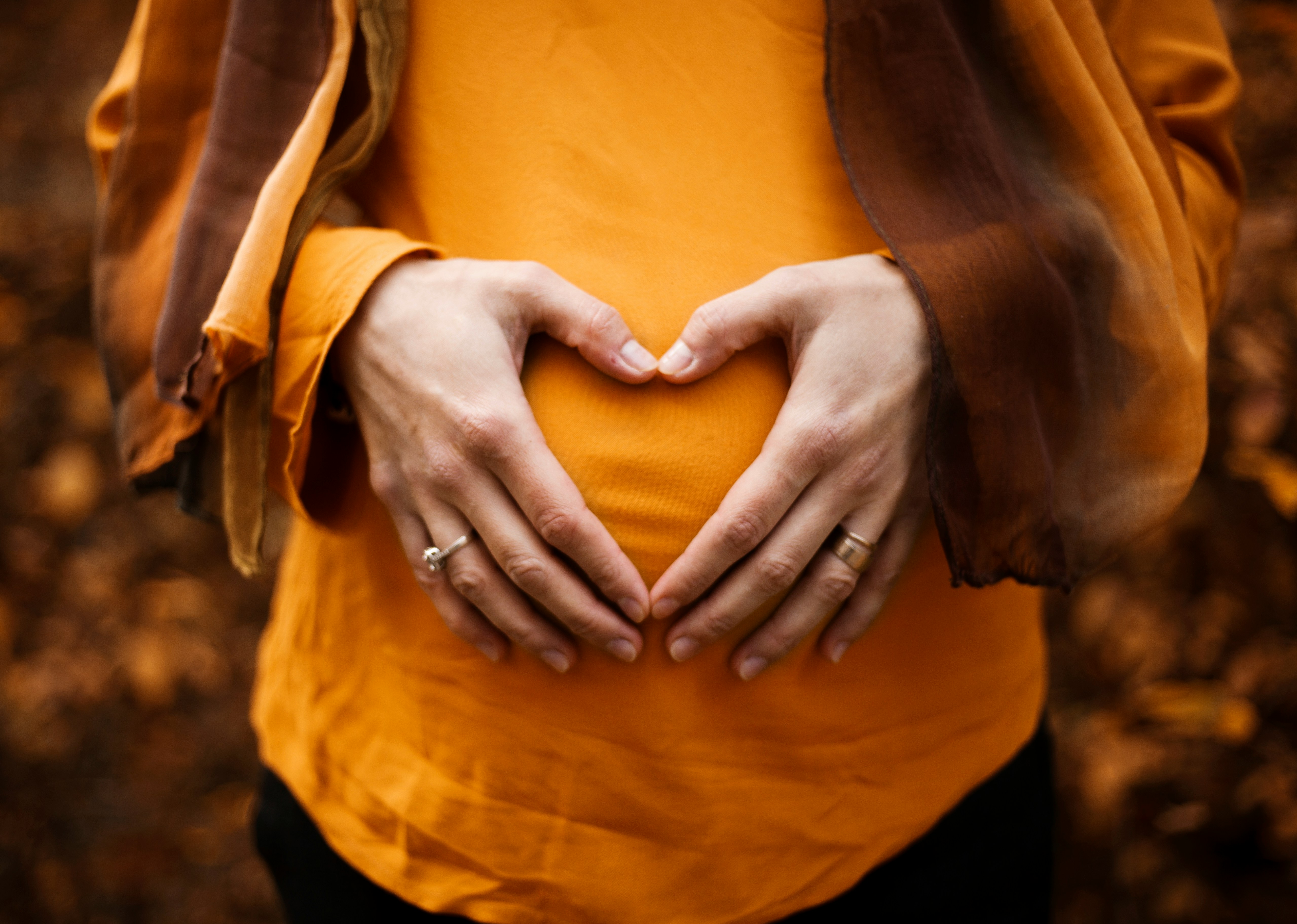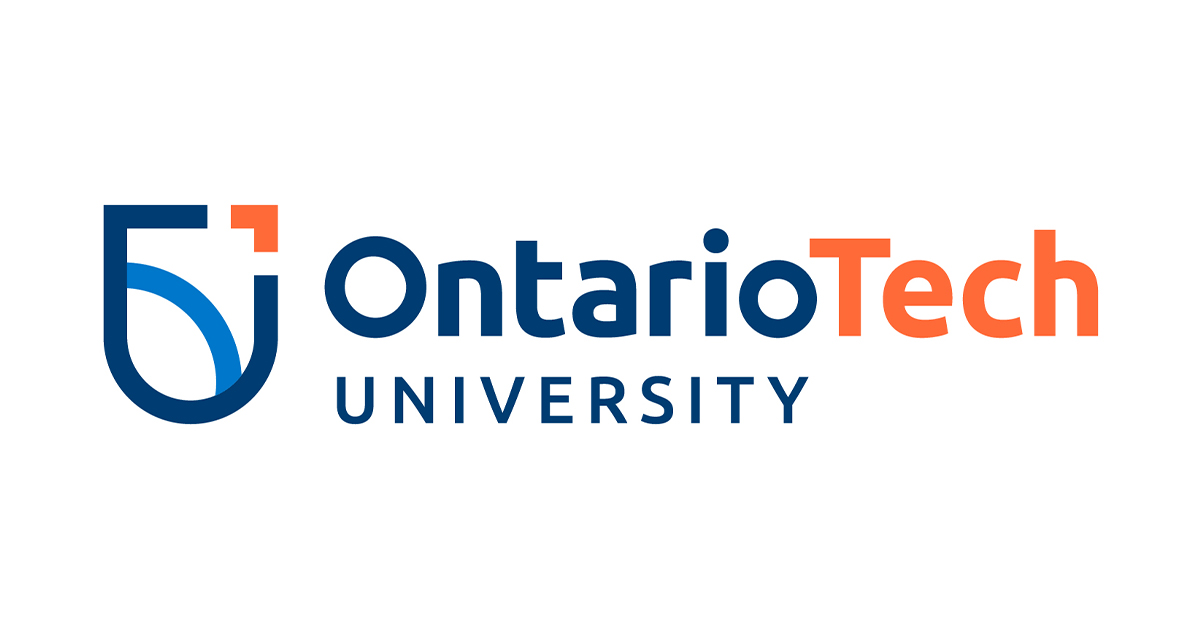Understanding PCOS
January 29, 2025
PCOS can affect women from 18 – 44 years of age. This is a must-read if you fall between those ages.
What is it?
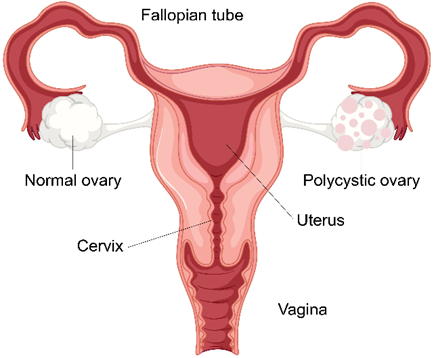
Polycystic ovary syndrome (PCOS) is a prevalent hormonal disorder affecting women of reproductive age. This condition can disrupt hormone levels, lead to irregular menstrual cycles, increase androgen levels, and cause ovarian cysts. Due to irregular ovulation, conceiving can become challenging, making PCOS a primary cause of infertility. Although it is a chronic condition with no cure, certain symptoms can be managed through lifestyle modifications, medications, and fertility treatments.
Did you know?
8-13% of women are affected by reproducing age. 70% of cases are undiagnosed.
What are the symptoms?
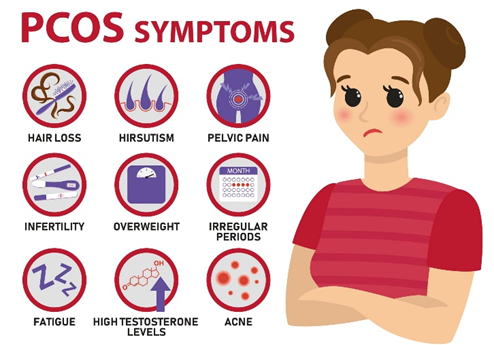
- Heavy, long, intermittent, unpredictable, or absent periods
- Infertility
- Acne or oily skin
- Excessive hair on the face or body
- Androgenic alopecia (male-pattern baldness) or hair thinning
- Weight gain, especially around the belly.
Diagnosis
You can check if you are at risk if you do at least two of the following:
- Elevated androgen levels: Symptoms may include unwanted facial or body hair (hirsutism), thinning hair on the scalp, acne, or elevated testosterone levels in the blood.
- Irregular or absent menstrual cycles: Occurring after ruling out other potential causes.
Polycystic ovaries visible on ultrasound: Showing multiple small cysts within the ovaries
Treatment
While there is currently no cure for PCOS, various treatments can help manage its symptoms. Individuals experiencing irregular menstrual cycles, difficulty conceiving, or issues like excessive acne and hair growth should consult a healthcare provider. Some PCOS symptoms may be alleviated through lifestyle adjustments, such as maintaining a balanced diet and regular exercise, which can aid in weight management and lower the risk of developing type 2 diabetes.
**Advisory: Consult your medical physician for a diagnosis and proper treatment. This article is for awareness only.
